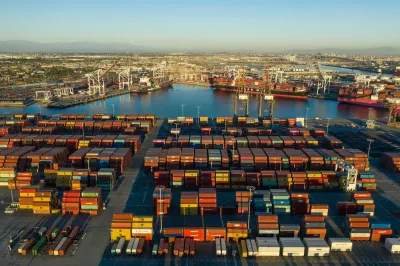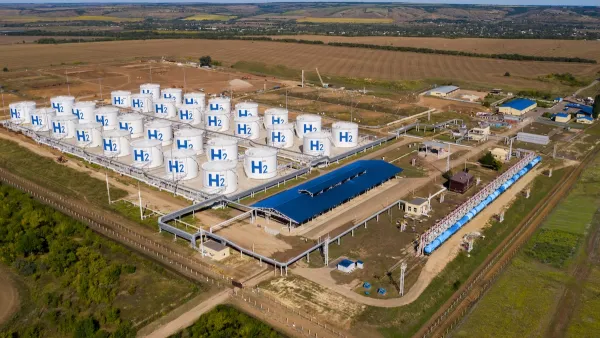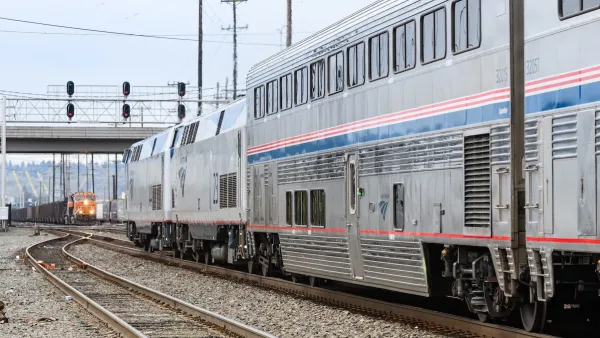A vision for the future of automated ports with AI and 5G: harnessing technology for enhanced efficiency, reliability, and safety.

The recent dockworkers strike along the U.S. Eastern Seaboard, which halted operations at over 30 seaports and disrupted nearly half of the country’s shipments, is a stark reminder of the fragility of global supply chains. As port congestion intensifies and labor unrest threatens, industry leaders increasingly focus on automation as a long-term solution to mitigate such disruptions. At the heart of this shift is the integration of cutting-edge technologies like 5G networks, which promise to enhance operational efficiency, safety, and reliability across ports.
Private 5G networks allow for seamless, real-time data transmission between various automated systems, from cranes and robots to security drones, without the risk of network congestion. At ports like Antwerp and Tyne, 5G-connected drones operate for their ability to provide continuous, high-quality video feeds for security surveillance, drastically reducing response times to incidents. These drones, supported by AI and edge computing, offer a glimpse into the future of port security—where machines, not humans, will monitor vast terminal spaces, optimizing resource allocation and improving safety.
FULL STORY: AI and 5G Could Advance Port Automation

National Parks Layoffs Will Cause Communities to Lose Billions
Thousands of essential park workers were laid off this week, just before the busy spring break season.

Retro-silient?: America’s First “Eco-burb,” The Woodlands Turns 50
A master-planned community north of Houston offers lessons on green infrastructure and resilient design, but falls short of its founder’s lofty affordability and walkability goals.

Delivering for America Plan Will Downgrade Mail Service in at Least 49.5 Percent of Zip Codes
Republican and Democrat lawmakers criticize the plan for its disproportionate negative impact on rural communities.

Test News Post 1
This is a summary

Test News Headline 46
Test for the image on the front page.

Balancing Bombs and Butterflies: How the National Guard Protects a Rare Species
The National Guard at Fort Indiantown Gap uses GIS technology and land management strategies to balance military training with conservation efforts, ensuring the survival of the rare eastern regal fritillary butterfly.
Urban Design for Planners 1: Software Tools
This six-course series explores essential urban design concepts using open source software and equips planners with the tools they need to participate fully in the urban design process.
Planning for Universal Design
Learn the tools for implementing Universal Design in planning regulations.
EMC Planning Group, Inc.
Planetizen
Planetizen
Mpact (formerly Rail~Volution)
Great Falls Development Authority, Inc.
HUDs Office of Policy Development and Research
NYU Wagner Graduate School of Public Service




























